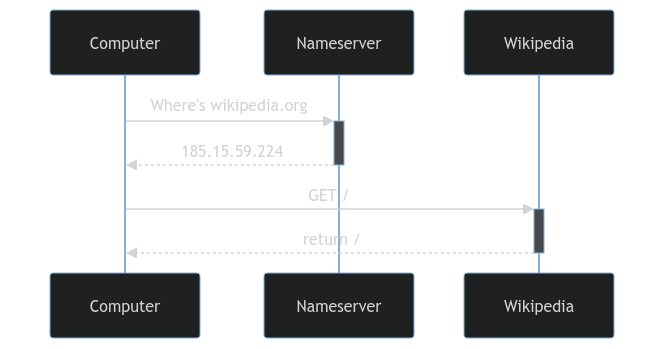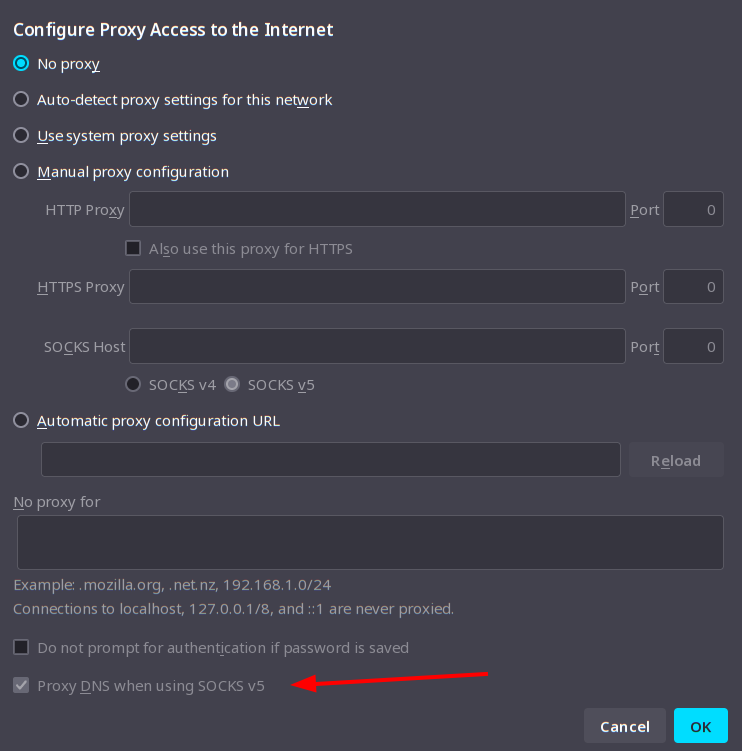

Could you provide more information? Snippets of the config that are relevant e.g custom TLS certs config, what does the flake look like, self-signed TLS certs? What exactly is breaking? curl https://localhost:8080/something ?
Have you compared the environment variables?


So the certs end up in these files:
Only the first one is mentioned on stackoverflow as being used by Go on debian.
Curl seems to have its default location compiled in by passing
--with-ca-bundle, but after installingcurlFulland runningcurl-config --ca, it doesn’t look like that was used and the “default” path is guessed.Looking further in the
curlderivation there are these lines for darwin :So, check the value of
NIX_SSL_CERT_FILEoutsidenix shelland within. The path might have to be set there. I dunno how to do that automatically withnix shell, so it might have to be done manually.Anti Commercial-AI license